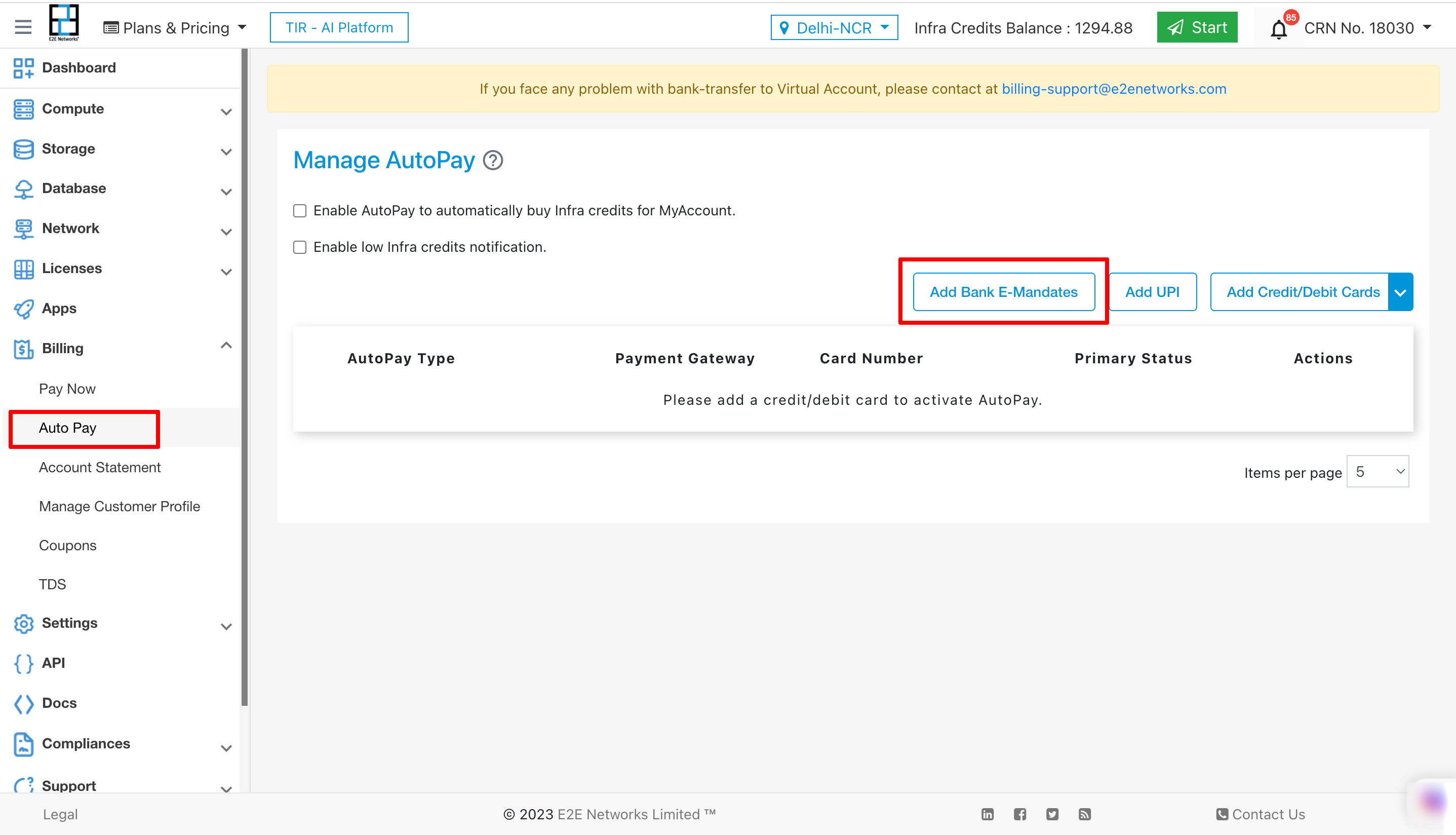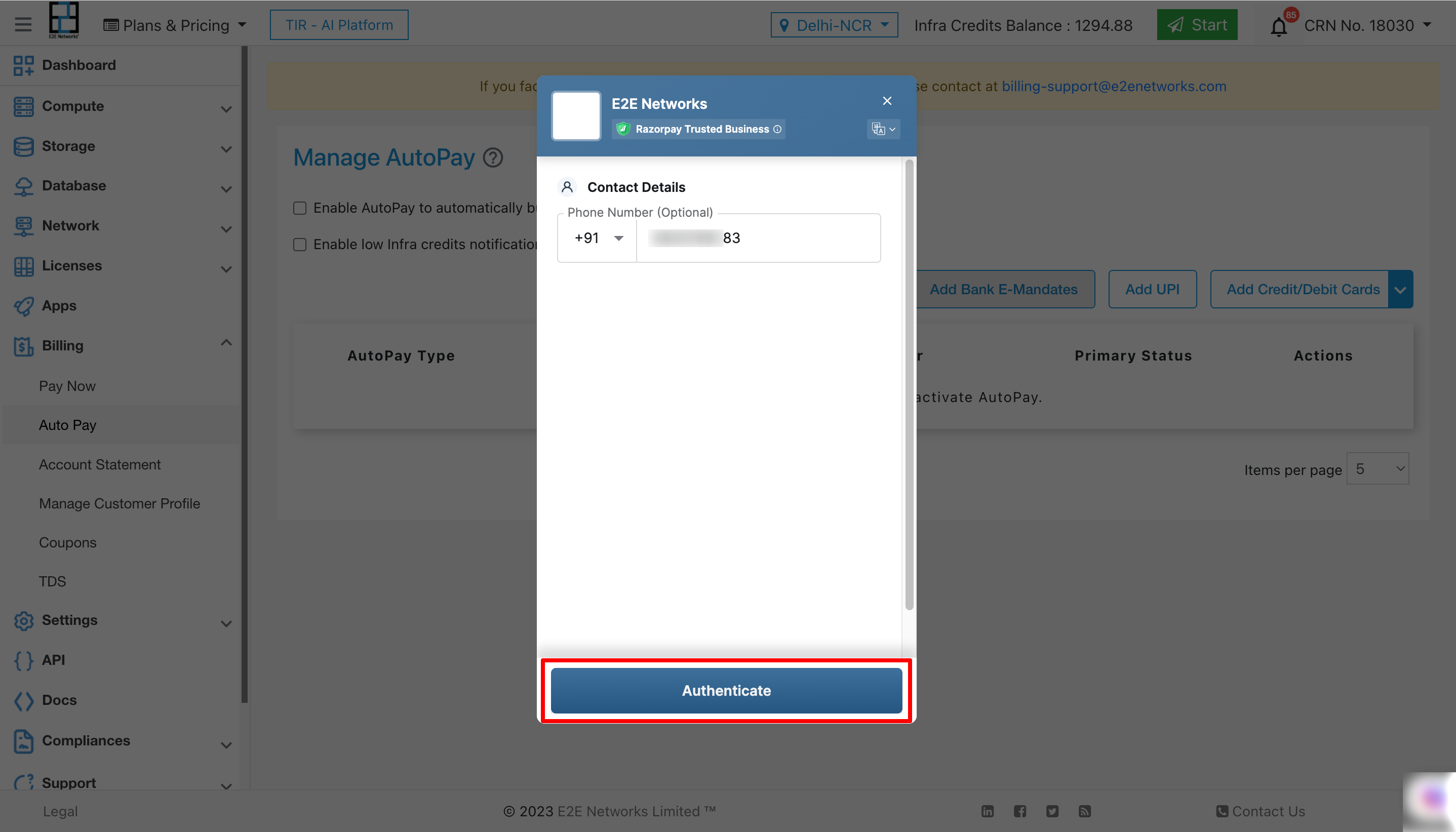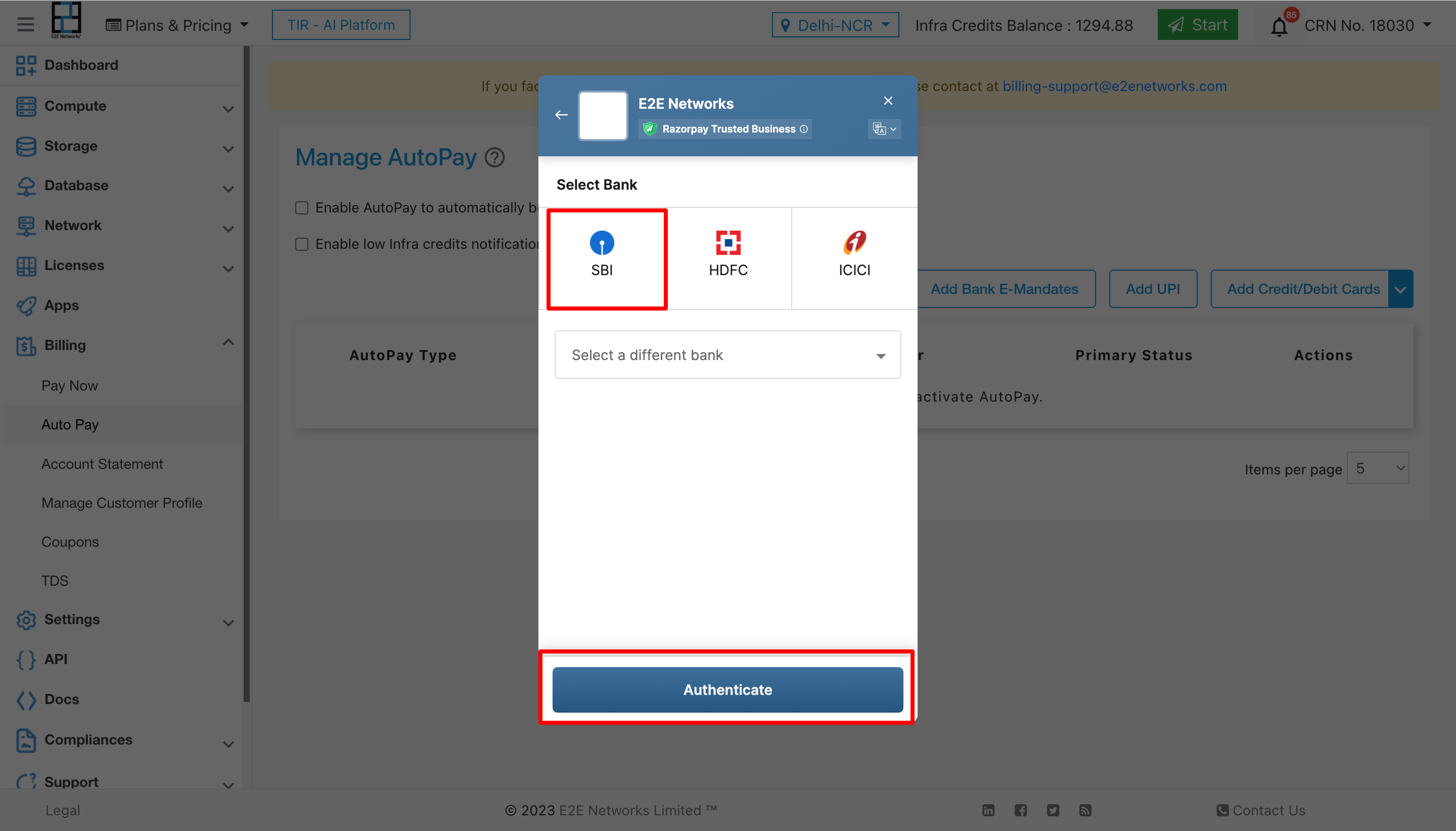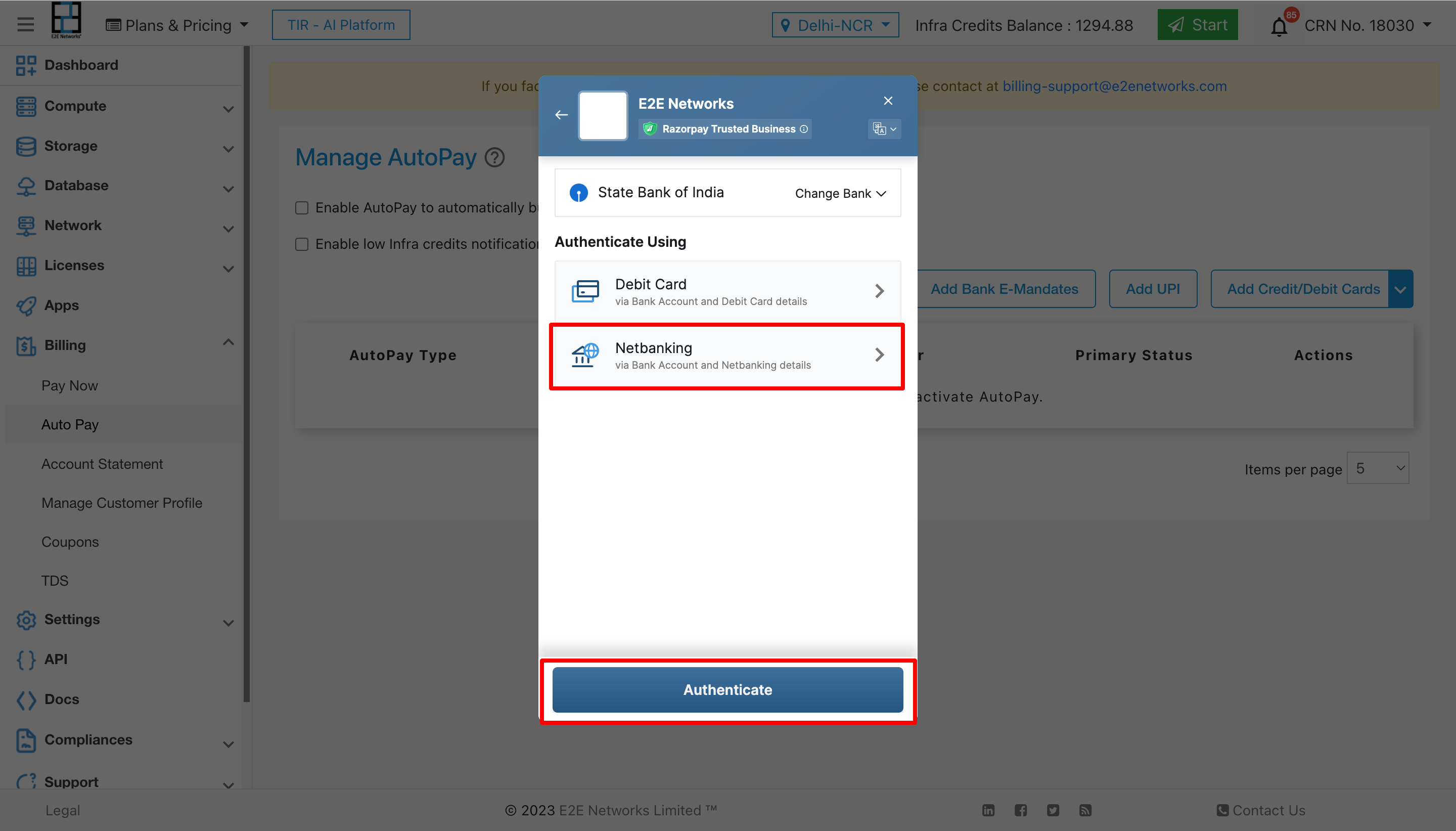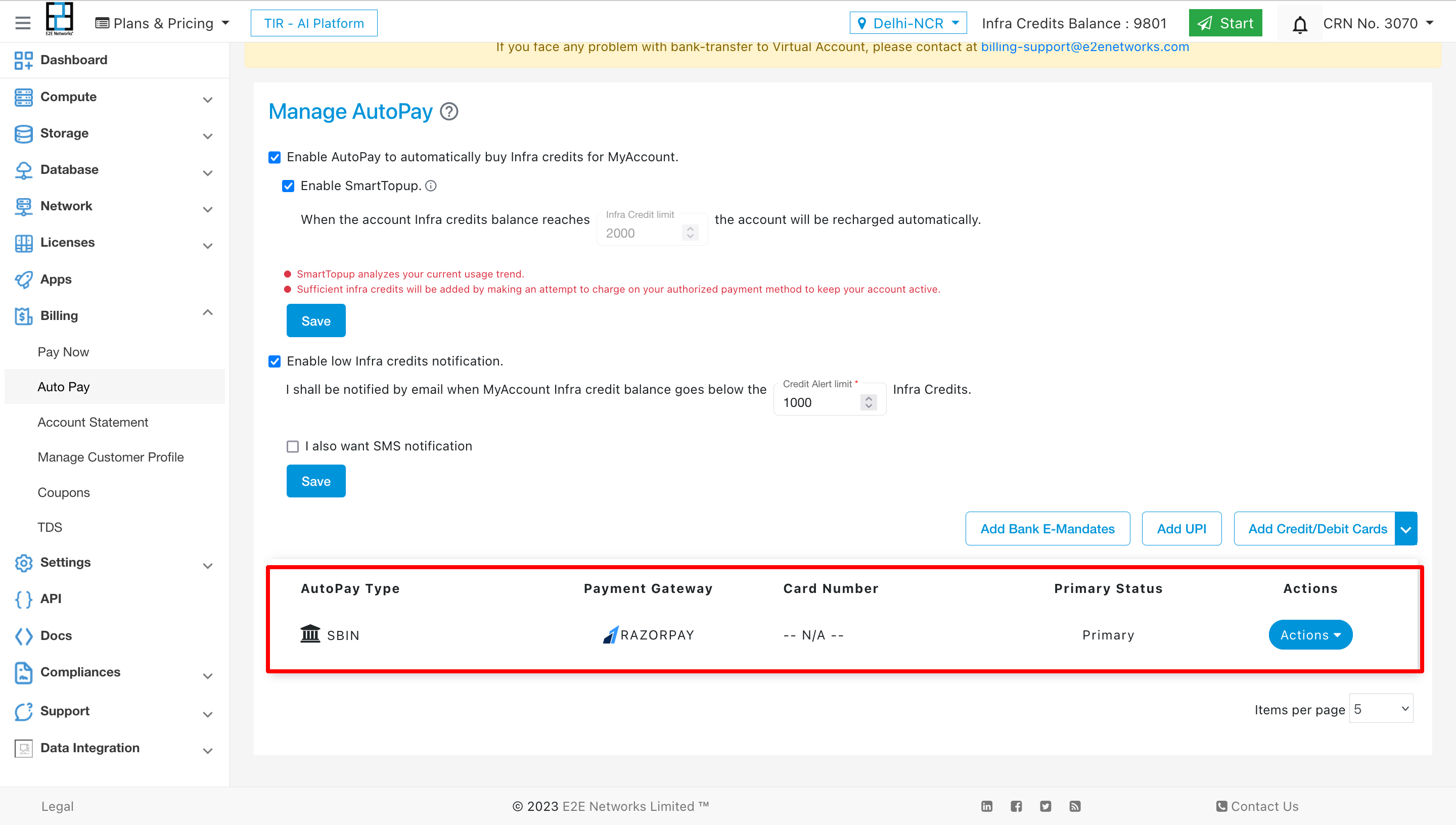Bank eMandate
Introduction
In the modern digital landscape, convenience and efficiency are integral to excellent customer service. Auto payment solutions, such as Bank eMandate, have been developed to streamline the payment process for both customers and businesses. This document delves into the concept of Bank eMandate and its role in facilitating automated payments.
Understanding Bank eMandate
A Bank eMandate, short for electronic mandate, is a formal authorization granted by a customer to a business or service provider. This authorization allows the business to automatically deduct payments from the customer’s bank account at specified intervals. The goal of this payment method is to simplify transactions and reduce the need for manual intervention, thereby minimizing the risk of late payments.
Benefits of Bank eMandate for Auto Payments
Convenience: Customers are relieved from the burden of remembering payment deadlines and initiating transactions. Bank eMandate ensures that payments are deducted automatically on predetermined dates.
Reduced Administrative Workload: For businesses, Bank eMandate eliminates the need to create invoices, send reminders, and manually process payments. This streamlines administrative tasks, allowing staff to concentrate on more critical activities.
Timely Payments: The automated nature of Bank eMandate guarantees that payments are executed promptly on designated dates. This certainty in receiving payments aids businesses in managing their cash flow.
Lower Error Rates: Manual data entry can result in mistakes, potentially leading to payment discrepancies and delays. Bank eMandate mitigates these errors by automating the payment process.
Enhanced Financial Planning: Both customers and businesses benefit from improved financial planning. Customers can ensure that sufficient funds are available when payments are due, and businesses can anticipate cash inflows more accurately.
Security Measures: Bank eMandate systems often incorporate robust security protocols to safeguard sensitive financial information, minimizing the risks of fraud and unauthorized access.
Functionality of Bank eMandate
Authorization: Customers provide consent and authorization to the business to initiate automated debits from their bank accounts. This can be completed through a secure online platform or by signing a physical mandate form.
Bank Verification: The business verifies the accuracy of the customer’s bank details to ensure proper account information.
Setting Payment Schedule: In accordance with agreed-upon terms, the business schedules payment collections on specific dates. These intervals could be monthly, quarterly, or annually, depending on the service type.
Payment Execution: On the scheduled dates, the business triggers a payment request via a secure electronic system. The specified amount is then automatically debited from the customer’s bank account.
Notification: Customers often receive advance notifications before payments are processed. These notifications serve as reminders and allow customers to ensure they have sufficient funds in their accounts.
Adding Bank eMandates
Navigate to the “Billing” section and select “Auto Pay.”
Within the Auto Pay section, locate and click on “Add Bank eMandate.”
After clicking “Add Bank eMandate,” a popup window will appear to authenticate the eMandate.
Click “Authenticate.” Choose your bank from the suggestions or the dropdown menu.
Select the “NetBanking” method.
Complete the details in the popup, including Account Number, IFSC, Account Holder Name, and Type of Bank Account. Click “Authenticate” after filling in the information.
Upon authentication, your Bank eMandate will be added to the list.


